Mad Hedge Technology Letter
September 12, 2018
Fiat Lux
Featured Trade:
(HOW TO PLAY “SOFTWARE AS A SERVICE”),
(AMZN), (IBM), (ADBE), (CRM), (BABA), (CSCO), (SAP), (ORCL), (GOOGL)
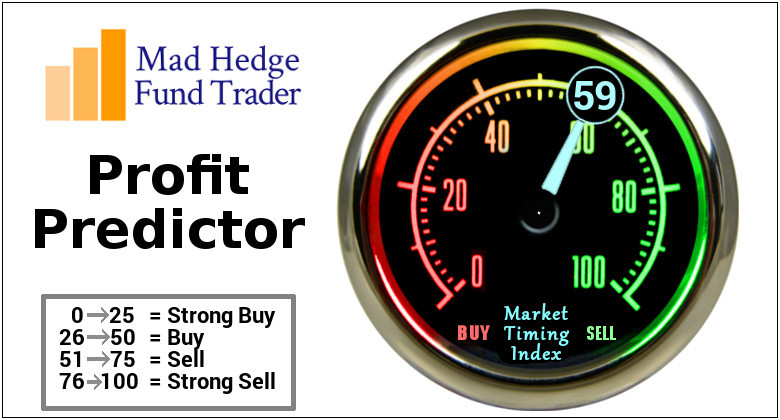
Mad Hedge Technology Letter
September 12, 2018
Fiat Lux
Featured Trade:
(HOW TO PLAY “SOFTWARE AS A SERVICE”),
(AMZN), (IBM), (ADBE), (CRM), (BABA), (CSCO), (SAP), (ORCL), (GOOGL)

If you have read any of our content in the first year of the Mad Hedge Technology Letter, the content is distinctly bullish technology stocks.
A fundamental driver propelling this cogent argument is the dominant Software-as-a-Service (SaaS) industry booming inside the confines of Silicon Valley.
If you want to boil down your tech investment thesis to one indispensable rule – only invest in tech companies that carve out prominent SaaS businesses.
If you stick with this nostrum, you will be delivered profits in spades.
We have recently taken in a swarm of new tech letter subscribers and understanding the panacea that is SaaS will entrench your portfolio in a glorious position to reap untold profits.
What is SaaS?
SaaS is a distribution method in which software is diffused to paid subscribers, usually on an annual, reoccurring payment plan, and the software is remotely stored on a centralized cloud platform awaiting use.
Unsurprisingly, SaaS remains the most lucrative segment of the cloud market.
In 2017, the tech industry did $60.2 billion in annual SaaS sales, that number is poised to explode to $117.1 billion in 2021.
The near doubling of sales underscores the robust nature of these tech firms setting up businesses of this ilk, and the positive effects dripping down to the bottom line.
Simply put, no SaaS business, no reason to invest.
SaaS isn’t the only cloud revenue companies can carve out. Tech firms also offer platform-as-a-service (PaaS) and infrastructure-as-a-service (IaaS).
However, SaaS is by far the prominent growth lever in the high-margin cloud industry.
The indomitable presence inside the SaaS industry is Bill Gates’ creation Microsoft (MSFT).
Microsoft leads all companies with a 17% global share of the SaaS market.
The Redmond, Washington, outfit blew past stalwart Salesforce (CRM) nine quarters ago.
Microsoft’s sizzling SaaS business is an oversized contributor to its 45% revenue growth rate, which is head-and-shoulders above the industry average.
Salesforce (CRM), Adobe (ADBE), Oracle (ORCL) and SAP (SAP) fill out the top five largest global SaaS businesses, but it is really a tale of two stories.
Oracle and SAP, which are competing in the same market, are grappling with legacy database businesses and legacy tech, which are punished by investors.
John Dinsdale, a chief analyst at Synergy Research Group, mentioned two outliers of “Cisco (CSCO) and Google too who are making ever-bigger inroads into the SaaS market” leveraging Cisco’s multitude of software assets and Google’s G Suite.
The thing that makes SaaS the x-factor for tech companies is that inevitably every company from every walk of life will adopt this mode of software, giving legs to this distribution model.
Vendors are scrambling to put together some resemblance of a SaaS product together, and this trend is a vital contributor to an industry that is growing 32% YOY worldwide.
Kevin Cochrane, chief marketing officer of SAP Customer Experience lay bare his thoughts about this type of service describing it as the “Golden Age of SaaS.”
Companies are becoming digital first from end to end, explaining the sharp rise in IT professional salaries and rise in quality software products.
As we look around the corner to the IaaS part of the cloud industry, which is growing at around 30% YOY, there is one dominant player, and everybody knows its name.
Amazon (AMZN) is the No. 1 vendor with Microsoft, Alibaba (BABA), Google, and International Business Machines Corporation (IBM) trailing behind.
The top four IaaS players have carved out a total of 73% of the global market ravaging any resemblance of competition.
Amazon is the industry standard with the best record of customer success.
If Amazon branched off into the SaaS industry, it could unlock an additional $100 billion in annual revenue.
A shift into this direction could pad Amazon’s margin’s even more after successfully boosting North American e-commerce margins from 2.4% to 4.7%.
It’s not entirely inconceivable that Amazon could break the $2 trillion valuation in three to five years, as its revved up digital ad business registered growth of 129% YOY last quarter.
Microsoft seized the runner-up position in the IaaS market to Amazon by growing 98% YOY with sales eclipsing $3.1 billion in 2017.
Wherever you turn, whether toward the cloud business or gaming, investors can find Microsoft making sales.
Microsoft has been a favorite of the Mad Hedge Technology Letter and it’s hard pressed to find a better public tech company in operation now.
The SaaS industry is not a one-size-fits-all proposition.
Thus, there is abundant room for niche offerings that quench companies’ demand for specific services.
This is the reason why cloud companies have participated in a non-stop buying binge of smaller companies that fit their needs.
Microsoft purchased developer favorite GitHub for $7.5 billion earlier this year, and similar examples are scattered all over the tech ecosphere.
Artificial Intelligence (AI) will be the kicker that powers SaaS performance to new heights because incorporating this groundbreaking technology will enhance functionality and, in return, raise profits for all involved.
The scalability of SaaS products has allowed companies to offer software for affordable prices allowing the smallest of firms to adopt a digital-first strategy.
This software connects with other software seamlessly integrating an array of productive apps that help teams overperform and overdeliver.
In the American workplace, 73% of companies will be exclusively using SaaS to function by 2020.
American companies are using 16 apps on average per day, a 33% jump in the number of apps they were using just two years ago.
The migration to mobile has swallowed up SaaS products as well with more mobile-specific software rolling out to mobile devices.
The meteoric rise of SaaS offerings has cut IT security budgets substantially as security has been delegated to the cloud instead of in expensive in-house security teams.
No longer do tech firms need to beef up guarding their own gates.
Protection is provided on a centralized cloud with a third-party company ensuring safety.
This development has helped a new industry rise – cloud security.
Whether people realize it or not, the SaaS industry is here to stay and will become more prevalent in every industry going forward.
This is incredibly bullish for companies that sell SaaS products as revenue will continue to rise.
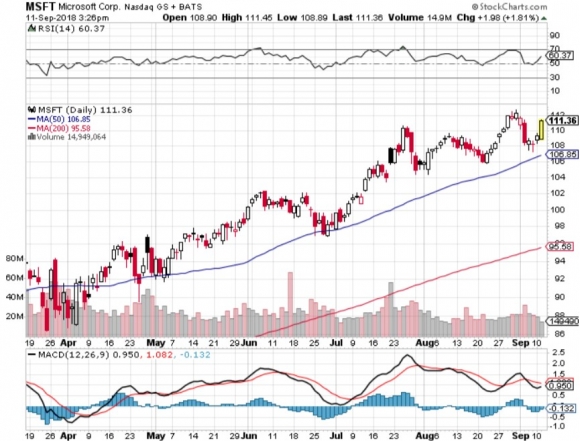
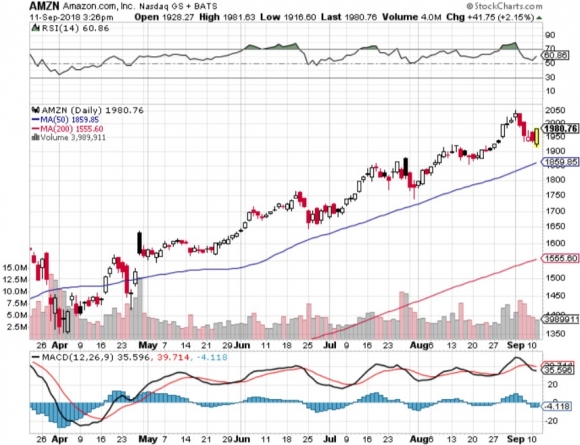
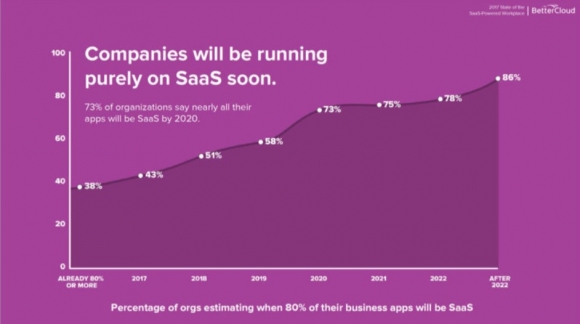
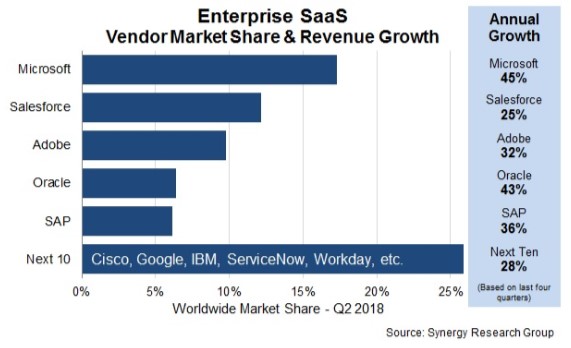
________________________________________________________________________________________________
Quote of the Day
“Growth and comfort do not coexist,” – said CEO of IBM Ginni Rometty.
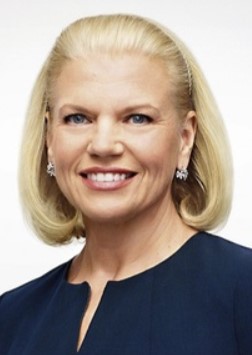
Mad Hedge Technology Letter
July 20, 2018
Fiat Lux
Featured Trade:
(A SELLERS' MARKET)
(CSCO), (MSCC), (GOOGL), (MCHP), (SWKS), (JNPR), (AMAT),
(PANW), (UBER), (AMZN), (AVGO), (QCOM), (CA), (CRM)

I bet you are wondering where all that money from the tax cuts is going.
Believe it or not, the No. 1 destination of this new windfall is technology companies, not just the stocks, but entire companies.
In fact, the takeover boom in Silicon Valley has already started, and it is rapidly accelerating.
The only logical conclusion in 2018 is that tech firms are about to get a lot more expensive. I'll explain exactly why.
The corporate cash glut is pushing up prices for unrealized M&A activity in 2018. U.S. firms accumulated an overseas treasure trove of around $2.6 trillion and the capital is spilling back into the States with a herd-type mentality.
I have chewed the fat with many CEOs about their cash pile road map. All mirrored each other to a T: strategic acquisition and share buybacks, period. The acquisition effect will be felt through all channels of the tech arterial system in 2018.
As the global race to acquire the best next generation technology heats up, domestic mergers could pierce the 400-deal threshold after a lukewarm 2017.
Spend or die.
Apple alone boomeranged back more than $250 billion with hopes of selective mergers and share buybacks. Cisco (CSCO), Microsoft (MSFT), and Google (GOOGL) were also in the running for most cash repatriated.
The tech behemoths are eager to make transformative injections into security, big data, semiconductor chips, and SaaS (service as a software) among others.
Hint: You want to own stocks in all of these areas.
Even non-traditional tech companies are getting in on the act with Walmart concentrating the heart of its strategic future on the pivot to technology.
Walk into your nearest Walmart every few months.
You'll notice major changes and not for decorative measures.
U-turns from legacy technology firms hawking desktop computers and HDD's (Hard Disk Drive) suddenly realize they are behind the eight ball.
M&A activity will naturally tilt toward firms dabbling in earlier-stage software and 5G supported technology. This flourishing trend will reshape autonomous vehicles and IoT (Internet of Things) products.
The dilemma in waiting to splash on a potential new expansion initiative is that the premium grows with the passage of time. Time is money.
It's a sellers' market and the sellers know this wholeheartedly.
Unleashing the M&A beast comes amid a seismic shift of rapid consolidation in the semiconductor sector. Cut costs to compete now or get crushed under the weight of other rivals that do. Ruthless rules of the game cause ruthless executive decisions.
The best way to cut costs is with immense scale to offer nice shortcuts in the cost structure. Buying another company and using each other's dynamism to find a cheaper way to operate is what Microchip Technology's (MCHP) culling of Microsemi Corporation (MSCC) in a deal worth $10bn was about.
Microsemi, based in Aliso Viejo, California, focuses on manufacturing chips for aerospace, military, and communications equipment.
Microchip's focal point is industrial, automobile and IoT products.
Included in the party bag is a built-in $1.8 billion annual revenue stream and more than $300 million of dynamic synergies set to take effect within three years. The bonus from this package is the ability to cross-sell chips into unique end markets opposed to selling from scratch.
Each business hyper-targets different segments of the chip industry and is highly complementary.
Benefits of a relatively robust credit market create an environment ripe for mergers. Some 57% of tech management questioned intend to go on the prowl for marquee pieces to add to their arsenal.
Then we have chip company Broadcom (AVGO) led by CEO Hock Tan, whose entire strategy is based on M&A and minimal capital spending.
His low-quality strategy of buying market share will ultimately fritter out. His lack of capital spending was also a salient reason for blocking Broadcom's purchase of Qualcomm (QCOM), which if stripped of its capital spending budget would have fallen behind China's Huawei to develop critical 5G infrastructure.
Tan's strategy flies in the face of the most powerful tech companies that are using M&A to enhance their products expanding their halo effect around the world.
Gutting innovation and skimming profits off the top is an entirely self-serving, myopic strategy to the detriment of long-term shareholders.
Investors punished Broadcom for it's latest investment of CA Technologies (CA) for $18.9 billion, even though this pickup signals a different tack.
CA Technologies is a leading provider of information technology (IT) management software, which suggests a belated move into the enterprise software market dominated by incumbents such as Salesforce (CRM).
Better late than never.
No need to mince words here as 2018 won't see any discounts of any sort. Nimble buyers should prepare for price wars as the new normal.
Not only are the plain vanilla big cap tech firms dicing up ways to enter new markets, alternative funds are looking to splash the cash, too.
Sovereign wealth funds and private equity firms are ambitiously circling around like vultures above waiting for the prey to show itself.
Private equity firms dove head first into the M&A circus already tripling output for tech firms.
Highlighting the synchronized show of force is none other than Travis Kalanick, the infamous founder of Uber. He christened his own venture capital fund that hopes to invest in e-commerce, real estate, and companies located in China and India.
The new fund is called 10100 and is backed by his own money. All this is possible because of SoftBank CEO Masayoshi Son's investment in Uber, which netted Kalanick a cool $1.4 billion representing Kalanick's 30% stake in Uber.
It is undeniable that valuations are exorbitant, but all data and chip related companies are selling for huge premiums. The premium will only increase as the applications of 5G, A.I., autonomous cars start to pervade deeper into the mainstream economy.
Adding fuel to the fire is the corporate tax cut. The lower tax rate will rotate more cash into M&A instead of Washington's tax coffers enhancing the ability for companies to stump up for a higher bill. Sellers know firms are bloated with cash and position themselves accordingly.
Highlighting the challenges buyers face in a sellers' market is Microsemi Corp.'s (MSCC) purchase of PMC-Sierra Inc. Even though PMC-Sierra had been looking to get in bed with Skyworks Solutions Inc. (SWKS) just before the MSCC merger, PMC-Sierra reneged on the acquisition after (SWKS) refused to bump up its original offer.
(SWKS) manufactures radio frequency semiconductors facilitating communication among smartphones, tablets and wireless networks found in iPhones and iPads.
(SWKS) is a prime takeover target for Apple. (SWKS) estimates to have the highest EPS growth over the next three to five years for companies not already participating in M&A. Apple (AAPL) could briskly mold this piece into its supply chain. Directly manufacturing chips would be a huge boon for Apple in a chip market in short supply.
In 2013, Japan's Tokyo Electron and Applied Materials (AMAT) angled to become one company called Eteris. This maneuver would have created the world's largest supplier of semiconductor processing equipment.
After two years of regulatory review, the merger was in violation of anti-trust concerns according to the United States. (AMAT), headquartered in Santa Clara, California, is a premium target as equipment is critical to manufacturing semiconductor chips. (AMAT) competes directly with Lam Research (LRCX), which is an absolute gem of a company.
Juniper Networks (JNPR) sells the third-most routers and switches used by ISP's (Internet Service Providers). It is also No. 2 in core routers with a 25% market share. Additionally, (JNPR) has a 24.8% market share of the firewall market.
In 2014, Palo Alto Networks (PANW), another takeover target focusing on cybersecurity, paid a $175 million settlement fee for allegedly infringing (JNPR)'s application firewall patents.
In data center security applications, (JNPR) routinely plays second fiddle to Cisco Systems (CSCO). Cisco, the best of breed in this space would benefit by snapping up (JNPR) and integrating its expertise into an expanding network.
Unsurprisingly, health care is the other sector experiencing a tidal wave of M&A, and it's not shocking that health care firms accumulated cash hoards abroad too. The dots are all starting to connect.
Firms want to partner with innovative companies. Companies hope to focus on customer demands and build a great user experience that will lead the economy. Health care costs are outrageous in America, and Jeff Bezos could flip this industry on its head.
Amazon (AMZN) pursuing lower health costs ultimately will bind these two industries together at the hip and is net positive for the American consumer.
Ride-sharing company Uber embarked on a new digital application called Uber Health that book patients who are medically unfit for regular Uber and shuttle them around to hospital facilities.
Health care providers can hail a ride for sick people immediately and are able to make an appointment 30 days in advance. It is a little difficult to move around in a wheel chair, and tech solves problems that stir up zero appetite for most business ventures. Apple is another large cap tech titan keeping close tabs on the health care space.
It's a two-way street with health care companies looking to snap up exceptional tech and vice versa.
It's practically a game of musical chairs.
Ultimately, Tech M&A is the catch of the day, and boosting earnings requires cutting-edge technology no matter how expensive it is. Investors will be kicking themselves for waiting too long. Buy now while you can.







Yes, It's All Going Into Tech Stocks
________________________________________________________________________________________________
Quote of the Day
"Companies in every industry need to assume that a software revolution is coming," - said American venture capitalist Marc Andreessen.

Mad Hedge Technology Letter
June 8, 2018
Fiat Lux
Featured Trade:
(WILL SYNBIO SAVE OR DESTROY THE WORLD?),
(XLV), (XPH), (XBI), (MON), (IBM), (GOOG), (AAPL), (CSCO)
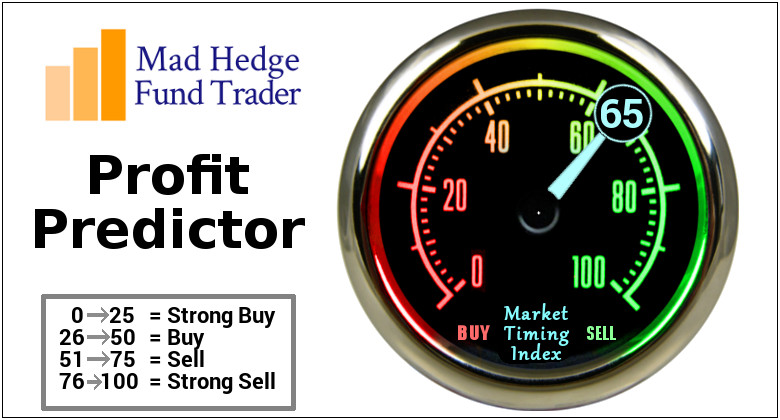
Global Market Comments
May 4, 2018
Fiat Lux
Featured Trade:
(DON'T MISS THE MAY 9 GLOBAL STRATEGY WEBINAR),
(A DAY IN THE LIFE OF THE MAD HEDGE FUND TRADER),
(SPY), (TLT), (TBT), (FXE),(GLD), (GDX), (USO),
(AMLP), (STBX), (NFLX), (DIS), (AAPL), (GM)
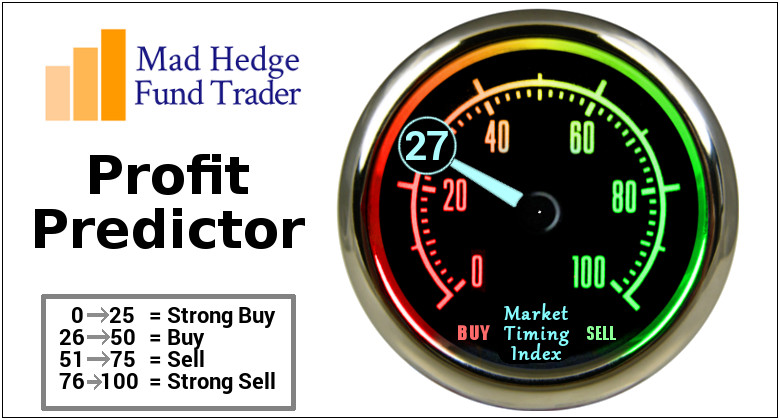
Global Market Comments
May 3, 2018
Fiat Lux
Featured Trade:
(STORAGE WARS),
(MSFT), (IBM), (CSCO), (SWCH),
(DON'T BE SHORT CHINA HERE),
($SSEC), (FXI), (CYB), (CHL), (BIDU),
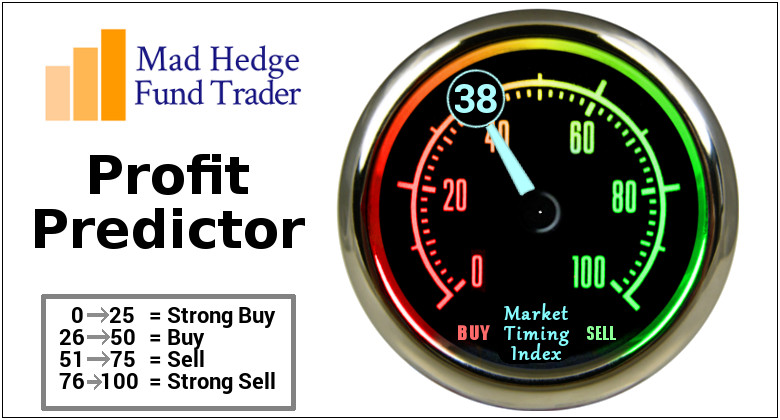
Global Market Comments
May 1, 2018
Fiat Lux
Featured Trade:
(FRIDAY, JUNE 15, 2018, DENVER, CO, GLOBAL STRATEGY LUNCHEON)
(ANATOMY OF A GREAT TRADE)
(TLT), (TBT), (SPY), (GLD), (USO),
(CYBERSECURITY IS ONLY JUST GETTING STARTED),
(PANW), (HACK), (FEYE), (CSCO), (FTNT), (JNPR), (CIBR)
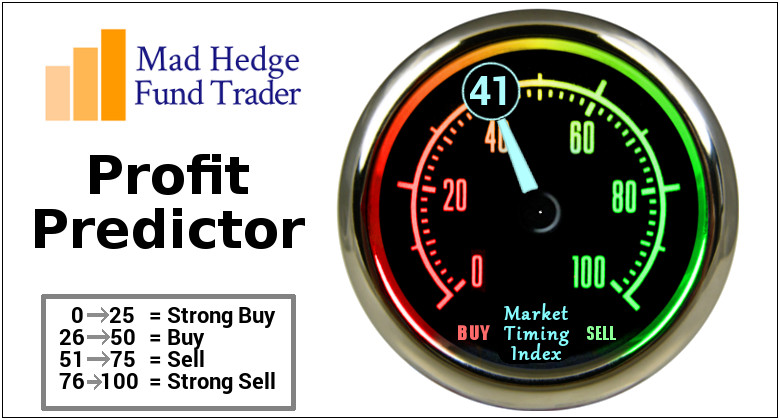
Mad Hedge Technology Letter
April 17, 2018
Fiat Lux
Featured Trade:
(WHY THE CLOUD IS WHERE TRADING DREAMS COME TRUE),
(ZS), (ZUO), (SPOT), (DBX), (AMZN), (CSCO), (CRM)

Dreams don't often come true - but they do frequently these days.
Highly disruptive transformative companies on the verge of redefining the status quo give investors a golden chance to get in before the stock goes parabolic.
Traditional business models are all ripe for reinvention.
The first phase of reformulation in big data was inventing the cloud as a business.
Amazon (AMZN) and its Amazon Web Services (AWS) division pioneered this foundational model, and its share price is the obvious ballistic winner.
The second phase of cloud ingenuity is trickling in as we speak in the form of companies that focus on functionality, performance, and maintenance on the cloud platform.
This is a big break away from the pure accumulation side of stashing raw data in servers.
However, derivations of this type of application are limitless.
Swiftly identifying these applied cloud companies is crucial for investors to stay ahead of the game and participate in the next gap up of tech growth.
The markets' reaction to Spotify's (SPOT) and Dropbox's (DBX) hugely successful IPOs was head-turning.
Both companies finished the first day of trading firmly well above their respective, original opening prices -- or for Spotify, the opening reference price.
The pent-up momentum for anything "Cloud" has its merits, and these two shining stars will give other ambitious cloud firms the impetus to go public.
If Spotify and Dropbox laid an egg, momentum would have screeched to a juddering halt, and companies such as Pivotal Software would reanalyze the idea of soon going public.
Now it's a no-brainer proposition.
There are more than 40 more public cloud companies that are valued at more than a $1 billion, and more are in the pipeline.
To understand the full magnitude of the situation, evaluating recent IPO performance is a useful barometer of health in the tech industry.
The first company Zscaler (ZS) is an enterprise company focused on cloud security that closed 106% above its opening price when it went public this past March 16.
It opened up at $16 a share and finished the day at $33.
Zscaler CEO, Jay Chaudhry, audaciously rebuffed two offers leading up to the March 16 IPO. Both offers were more than $2 billion, and both were looking to acquire Zscaler at a discount.
The decision to forego these offers was a prudent move considering (ZS)s current market cap is around $3.3 billion and rising.
One of the companies vying for (ZS) was Cisco Systems (CSCO), which is also in the cloud security business. Cisco is looking to add another appendage to its offerings with the cash hoard it just repatriated from abroad.
Cisco has been willing to dip into its cash hoard by buying San Francisco-based AppDynamics for $3.7 billion in 2017, which specializes in managing the performance of apps across the cloud platform and inside the data center.
Cloud security is critical for outside companies to feel comfortable implementing universal cloud technology.
Storing sensitive data online in a storage server is also a risk and difficult to migrate back once on the cloud.
Without solid security to protect data, data-heavy companies will hesitate to vault up their data in a public place and could remain old-school with external data locations storing all of a firm's secrets.
However, this traditional approach is not sustainable. There is just too much generated data in 2018.
Cybersecurity has expeditiously evolved because hackers have become greatly sophisticated. Plus, they are getting a lot of free PR.
Data center and in-house applications secured operations by managing access and using an industrial strength firewall.
This was the old security model.
Security became ineffective as companies started using cloud platforms, meaning many users accessed applications outside of corporate networks and on various devices.
The archaic "moat" method to security has died a quick death, as organizations have toiled to ziplock end points that offer hackers premium entry points into the system.
Zscaler combats the danger with a new breed of security. The platform works to control network traffic without crashing or stalling applications.
As cloud migration accelerates, the demand for cloud security will be robust.
Another point of cloud monetization falls within payments.
Tech billing has evolved past the linear models that credit and debit in simplistic fashion.
SaaS (Software as a Service), the hot payment model, has gone ballistic in every segment of the cloud and even has been adopted by legacy companies for legacy products.
Instead of billing once for full ownership, companies offer an annual subscription fee to annually lease the product.
However, reoccurring payments blew up the analog accounting models that couldn't adjust and cannot record this type of revenue stream 10 to 20 years out.
Zuora (ZUO) CEO Tien Tzuo understood the obstacles years ago when he worked for Marc Benioff, CEO of Salesforce (CRM), during the early stages in the 90s.
Cherry-picked after graduating from Stanford's MBA program, he made a great impression at Salesforce and parlayed it into CMO (Chief Marketing Officer) where he built the product management and marketing organization from scratch.
More importantly, Tzuo built Salesforce's original billing system and pioneered the underlying system for SaaS.
It was in his nine years at Salesforce that Tzuo diagnosed what Salesforce and the general industry were lacking in the billing system.
His response was creating a company to seal up these technical deficits.
Other second derivative cloud plays are popping up, focusing on just one smidgeon of the business such as analytics or Red Hat's container management cloud service.
SaaS payment model has become the standard, and legacy accounting programs are too far behind to capture the benefits.
Zuora allows tech companies to seamlessly integrate and automate SaaS billing into their businesses.
Tzuo's last official job at Salesforce was Chief Strategy Officer before handing in his two-week notice. Benioff, his former boss, was impressed by Tzuo's vision, and is one of the seed investors for Zuora.
These smaller niche cloud plays are mouthwateringly attractive to the bigger firms that desire additional optionality and functionality such as MuleSoft, integration software connecting applications, data and devices.
MuleSoft was bought by Salesforce for $6.5 billion to fill a gap in the business. Cloud security is another area in which it is looking to acquire more talent and products.
If you believe SaaS is a payment model here to stay, which it is, then Zuora is a must-buy stock, even after the 42% melt up on the first day of trading.
The stock opened at $14 and finished at $20.
One of the next cloud IPOs of 2018 is DocuSign, a company that provides electronic signature technology on the cloud and is used by 90% of Fortune 500 companies.
The company was worth more than $3 billion in a round of 2015 funding and is worth substantially more today.
These smaller cloud plays valued around $2 billion to $3 billion are a great entry point into the cloud story because of the growth trajectory. They will be worth double or triple their valuation in years to come.
It's a safe bet that Microsoft and Amazon will continue to push the envelope as the No. 1 and No. 2 leaders of the industry. However, these big cloud platforms always are improving by diverting large sums of money for reinvestment.
The easiest way to improve is by buying companies such as Zuora and Zscaler.
In short, cloud companies are in demand although there is a shortage of quality cloud companies.
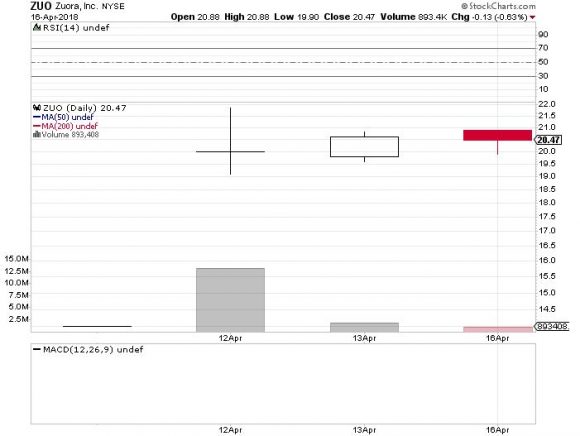
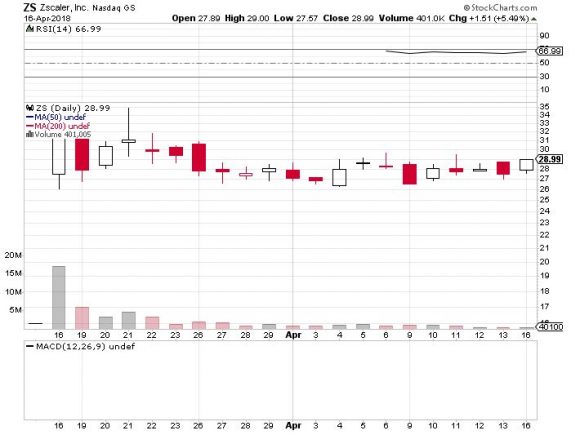
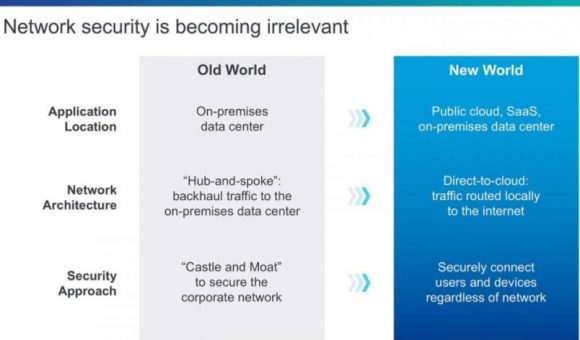
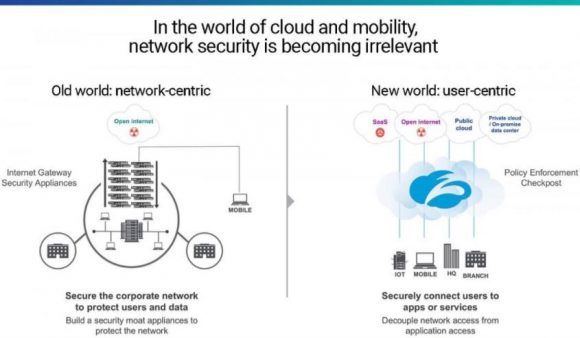
__________________________________________________________________________________________________
Quote of the Day
"The great thing about fact-based decisions is that they overrule the hierarchy." - said Amazon founder and CEO, Jeff Bezos

Legal Disclaimer
There is a very high degree of risk involved in trading. Past results are not indicative of future returns. MadHedgeFundTrader.com and all individuals affiliated with this site assume no responsibilities for your trading and investment results. The indicators, strategies, columns, articles and all other features are for educational purposes only and should not be construed as investment advice. Information for futures trading observations are obtained from sources believed to be reliable, but we do not warrant its completeness or accuracy, or warrant any results from the use of the information. Your use of the trading observations is entirely at your own risk and it is your sole responsibility to evaluate the accuracy, completeness and usefulness of the information. You must assess the risk of any trade with your broker and make your own independent decisions regarding any securities mentioned herein. Affiliates of MadHedgeFundTrader.com may have a position or effect transactions in the securities described herein (or options thereon) and/or otherwise employ trading strategies that may be consistent or inconsistent with the provided strategies.
This site uses cookies. By continuing to browse the site, you are agreeing to our use of cookies.
OKLearn moreWe may request cookies to be set on your device. We use cookies to let us know when you visit our websites, how you interact with us, to enrich your user experience, and to customize your relationship with our website.
Click on the different category headings to find out more. You can also change some of your preferences. Note that blocking some types of cookies may impact your experience on our websites and the services we are able to offer.
These cookies are strictly necessary to provide you with services available through our website and to use some of its features.
Because these cookies are strictly necessary to deliver the website, refuseing them will have impact how our site functions. You always can block or delete cookies by changing your browser settings and force blocking all cookies on this website. But this will always prompt you to accept/refuse cookies when revisiting our site.
We fully respect if you want to refuse cookies but to avoid asking you again and again kindly allow us to store a cookie for that. You are free to opt out any time or opt in for other cookies to get a better experience. If you refuse cookies we will remove all set cookies in our domain.
We provide you with a list of stored cookies on your computer in our domain so you can check what we stored. Due to security reasons we are not able to show or modify cookies from other domains. You can check these in your browser security settings.
These cookies collect information that is used either in aggregate form to help us understand how our website is being used or how effective our marketing campaigns are, or to help us customize our website and application for you in order to enhance your experience.
If you do not want that we track your visist to our site you can disable tracking in your browser here:
We also use different external services like Google Webfonts, Google Maps, and external Video providers. Since these providers may collect personal data like your IP address we allow you to block them here. Please be aware that this might heavily reduce the functionality and appearance of our site. Changes will take effect once you reload the page.
Google Webfont Settings:
Google Map Settings:
Vimeo and Youtube video embeds:
